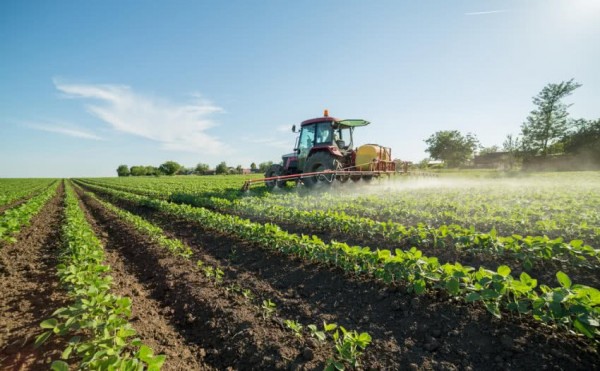The Indian Agritech Industry

Around 58% of Indians rely on agriculture as their primary source of livelihood. Gross Value Added by agriculture, forestry, and fishing was estimated at Rs. 19.48 lakh crore (US$ 276.37 billion) in FY20. Share of agriculture and allied sectors in gross value added (GVA) of India at current prices stood at 17.8 % in FY20. Due to its immense potential for value addition, especially in the food processing sector, the Indian food industry is poised for massive growth, increasing its contribution to world food trade every year. Food and grocery sales in India account for 70% of the country’s total sales, ranking the country sixth in the world.
This shows the huge potential that the industry has in India. Startups and established businesses are noticing it as well now. Agriculture was traditionally seen as the responsibility of the government, but more players are now recognizing the gaps in the value chain and looking for ways to improve this segment. As a result of this talent movement, the agritech industry in India is booming.
In response to the lockdowns and uncertainties and closure of the venerable business module, the online mandis and a host of e-commerce platforms were rolled out across all levels. Agriculture is being reshaped for a more tech-driven and progressive future by agritech. There has been a shift away from the traditional, analogue markets to highly interactive, online marketplaces that are highly innovative.
Agritech is becoming increasingly popular with investors after fintech and edutech. Besides sector specialists, a lot of generalist VCs are starting to pay more attention to the agricultural sector, given its enormous potential across the entire value chain. The reality is that demand in India has become organized at a much more rapid pace than supply and therefore upstream areas such as supply chain, core supply, services around farms/ farmers are areas that are evincing a lot of interest.
The future of agri storage solutions is clearly more digital, modular, and flexible, bringing in traceability to each farmer’s grain and transparency with regard to the quality of the produce.
There is still much to be done regarding India’s agritech revolution. Innovative solutions across the value chain are sought as well as an increased use of emerging technologies. Food grain digitization, commodity digitalization, automated payment systems for real-time data collection and payment, real-time monitoring of supply and demand integrated with Artificial Intelligence will be key advances for post-harvest.
According to estimates, the agriculture industry is worth approximately $5 trillion. Startups in the Indian Agri-Tech industry are set to revolutionize agriculture within the next five years. A robust supply chain network will reduce waste and improve farms’ productivity and efficiency.






